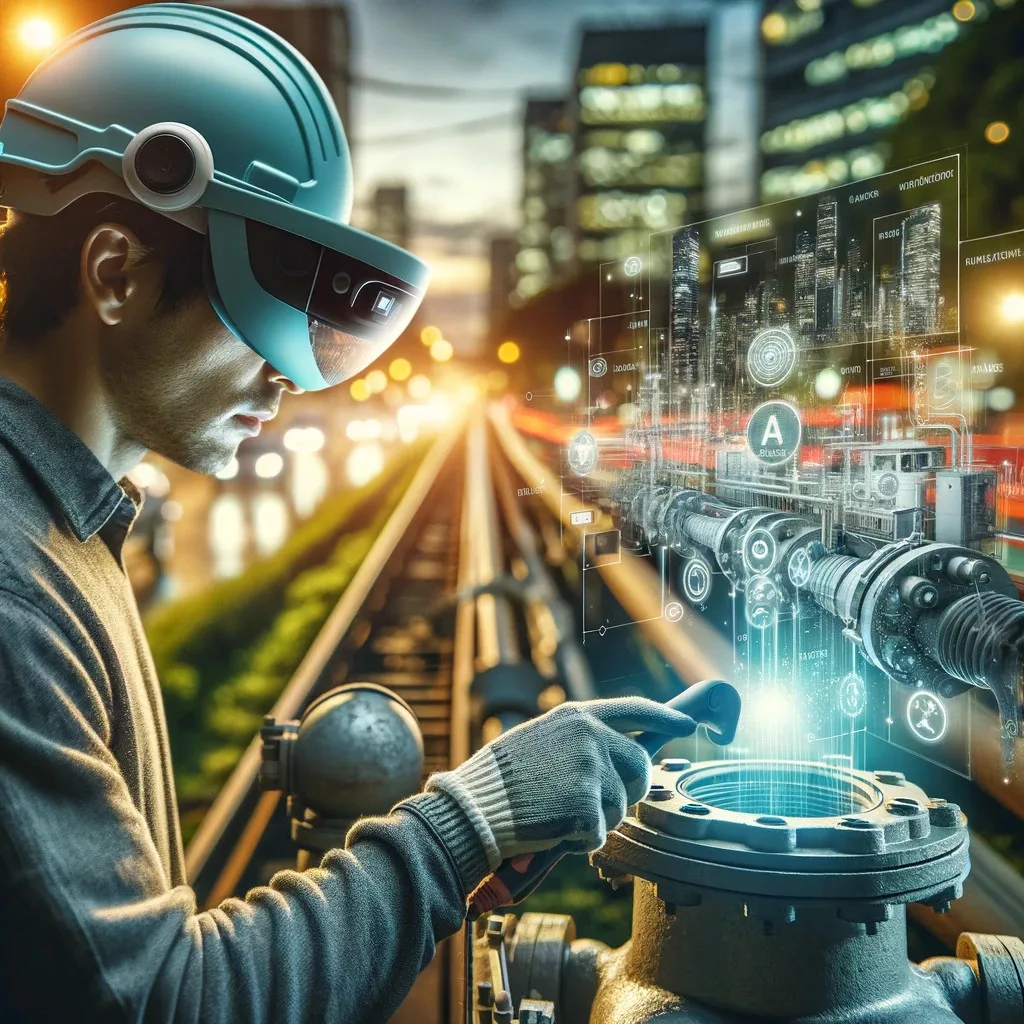
Transforming Urban Management with AR Technology
The introduction of Augmented Reality (AR) into city maintenance and operations signifies a groundbreaking shift in urban management. This technology offers cutting-edge solutions to age-old challenges, revolutionizing how city planners and workers approach their tasks. By infusing the Urban Metaverse with AR, cities become smarter and more efficient.
Empowering Maintenance Teams with Real-Time Data
AR technology revolutionizes city maintenance by overlaying digital information onto the real world. Imagine city workers using AR glasses or devices to instantly reveal underground pipes, electrical lines, or building structures with a mere glance. This approach not only speeds up the diagnostic process but also slashes the risk of maintenance errors, marking a significant leap towards building Smart Cities.
Streamlining Repairs with Step-by-Step Guidance
Moreover, AR applications offer step-by-step guidance for complex repair tasks. For example, during a water main repair, AR can overlay visual instructions directly onto the work area, pinpointing valves to turn or areas to avoid. This method not only expedites the repair process but also bolsters safety by clearly identifying hazardous zones, showcasing the practical benefits of the Business Metaverse in urban settings.
Enhancing Urban Planning and Public Engagement
From a planning perspective, AR enables better resource management and foresight. City planners can leverage AR to visualize future projects or alterations in the urban landscape, aiding in problem identification and public consultation. This process ensures that urban development projects align more closely with community needs and expectations, a key aspect of Smart Cities.
AR’s Role in Emergency Response and Public Safety
In emergency situations, AR proves invaluable by mapping out escape routes, safe zones, and danger areas in real-time, guiding citizens to safety more effectively. This capability highlights AR’s critical role in emergency preparedness and disaster management within the Urban Metaverse.
Fostering Community Through Interactive AR Platforms
AR also serves as an interactive platform for citizens to engage with city projects, maintenance schedules, and public works, promoting transparency and community involvement. This interaction enhances the relationship between residents and urban development, contributing to the growth of Smart Cities.
Conclusion: Embracing AR for a Smarter Urban Future
The integration of AR into city maintenance and operations signals a future where urban management becomes more streamlined, safer, and attuned to the needs of its citizens. As we delve deeper into the capabilities of AR, the potential for reshaping city landscapes and enriching urban life becomes increasingly evident. By embracing this technological advancement, we step closer to realizing the vision of the Urban Metaverse, where cities are smarter, safer, and more sustainable. 🌆💡